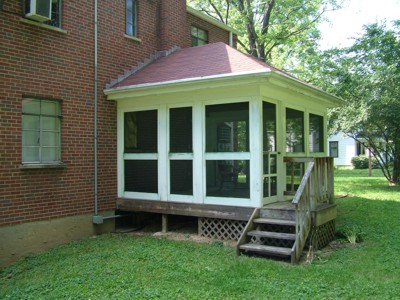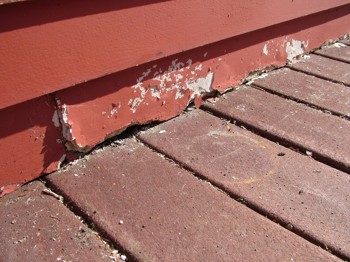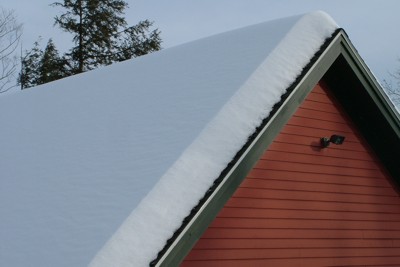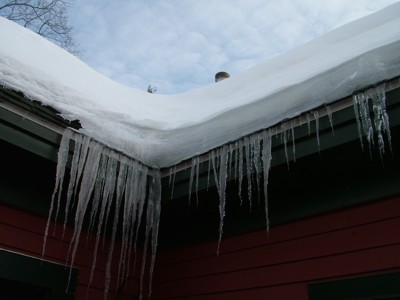What’s in This Issue?
INSURANCE ALERT
INSURANCE 101
CLAIMS
WHAT HAPPENED TO ME
WHY I WAS CANCELLED
GOING FISHIN’
WHAT? EXCUSE ME?
INSURANCE ALERT
If you're a new subscriber in the past eight days, I want to warn you now this is not a normal newsletter. This is one of the rare times I need to vent. Something has happened to me recently that could easily happen to you. If it does, there will be some bad jujumagumbo in your life as there is in mine right now. If what a licensed insurance agent told me four hours ago is true, there is a great chance you're going to be as shocked as I am now. You must read this newsletter if you have a house insurance policy.
Let me set the stage. If you own a home and some cars, then you probably have insurance on them. This is especially true if you live in the United States. I've been told USA citizens buy more insurance for more things than anyone else in the world.
If you're a licensed insurance agent, work for an insurance company as an executive and/or an underwriter, I need you to really hang in with me in this newsletter. I need your sage advice, help and counseling.
INSURANCE 101
Let’s talk first about insurance. A few years ago, someone described to me the real business model of the insurance industry. This is very basic, so don't freak out if you're an industry expert. All I'm trying to do is explain the dynamic of the business.
If you've ever played any game of chance with a wager, large or small, this should make sense to you. Insurance is simply legalized gambling, but on a massive scale. Billions and billions of dollars change hand each month/year in the USA for insurance premium payments and claims paid by companies for all sorts of policies: life, house, car, commercial, marine, etc. It's got to be the world's largest game of blackjack out there.
Why do I say this? It's simple: When you buy an insurance policy, you're making a bet. You're saying to the insurance company, "Ms. Insurance, I'm betting that this year my house will either burn down, be blown apart by a tornado or hurricane, devastated by a flood, or someone may get hurt while at my house. I'll bet you $2,500 that's going to happen."
Well, if the insurance company writes the policy for that year, they're accepting the bet. Their mathematical actuarial tables and algorithms give them the confidence the bad things are not going to happen to you. In reality, they know a certain number of claims will come in, and what the average payout will be. Since they know all this math based on historical records, they'll possibly take your bet knowing that your premium payments will help pay the real claims of those who experience misfortune, the insurance company's other costs to do business and hopefully fund some of their profit for the upcoming year.
CLAIMS
There are, in my opinion, three different types of claims:
- Ones where you're directly responsible
- Ones where you're partially responsible
- Ones where you were in the wrong place at the wrong time
An example of a claim where you're to blame would be a fire at your home caused by you using gasoline in a basement or garage near anything with a pilot light or open flame. You hear a big BOOM and proceed to set fire to your home.
You're partially responsible if you have a dog and it bites someone. After all, no one held a gun to your head when you bought the dog or brought it home from the pound. Don't have a dog, and you don't have a liability.
Imagine lightning strikes your home or a wicked tornado drops from the sky to transform your home and life into tens of thousands of shattered pieces of building materials and memories, there's nothing you can do to avoid that. Well, I guess you could have moved into a cave or an underground house, but that's not the point. Natural disasters are fairly random and are thought of that way to a very large degree.
But if what I'm about to tell you is true, none of that makes a difference to many insurance companies, and your current policy may be with one in this group.
WHAT HAPPENED TO ME
For decades, I've paid premiums to two different insurance companies and rarely, if ever, had a claim. If I did, it was a minor claim. What has become crystal clear recently is that doesn't really make a difference. Your past record, when it's in your favor, doesn't matter to the insurance company. Keep in mind that you make yearly bets. You typically buy house and auto insurance for a year. So once the year ends and you have no claims, the dealer (insurance company) pulls the cards and your chips (your money in the form of premiums) off the table and asks you to ante up and if you want new cards (new policy or a renewal of the one you had).
I kept throwing in my chips with new bets each year just like you did. Now my insurance company has said they don't want to play cards any longer. They've cancelled my policy.
WHY I WAS CANCELLED
Last year I had three claims. Two were the #2 type and the third was a #3.
- My dog bit a neighbor. The neighbor is now fine, but sadly the dog died two months later. The insurance company doesn't care the dog is dead.
- A tiny rock was thrown by my lawn mower and shattered a car window.
- Hurricane Ike ruined a freezer's worth of food and damaged numerous trees in my yard.
GOING FISHIN'
So today, I started my painstaking search for a new company. Actually, I started it last Friday by filling out a quotation form online that was provided by a major insurance company. This morning an agent called me to go over details as answers on the online form triggered a non-automatic response for a quote.
If you're an insurance company employee, executive, agent, etc. bear with me here. What I'm about to tell you is what the agent told me. What I want to discover is if it's true, or if parts of it are true.
The agent started asking me routine questions and that was no issue. Then he asked, "Have you had any claims in the past three years?"
Heck yes I did, what's the big deal? I told him the above.
His response - and this is what needs to be verified - was, "Oh, you've got a problem. Since you had THREE claims WITHIN THREE YEARS, no tier-one insurance company will write a policy for your business. I can get you insured with no problems, but it's going to be with other carriers that work with high-risk people. Your new policy is going to be much more expensive."
WHAT? EXCUSE ME? DO YOU REALIZE HOW THIS AFFECTS YOU IF THIS IS TRUE?
Let's assume this is true. If so and IF MY AGENT HAD TOLD ME THIS EACH YEAR WITH FRIENDLY REMINDERS, I would NOT have made a claim for the hurricane and the broken window. I'd have paid those out of pocket.
So this is where we're at. It's time to belly up to the high-priced $10,000 blackjack table at the Bellagio. Oh, you haven't been to the Bellagio in Las Vegas? Well, let me tell you they have a $10,000 blackjack table. I've walked past it shaking my head looking at the players seated who either have ice water or a water / ethanol blend in their veins.
Are you in the insurance industry on a day-to-day basis? Can you email me and give me some guidance here? I want to confirm the points made by the agent I just talked with, and further explore this topic so I can help each subscriber to this newsletter. I don't want them to get into a pickle like I'm in.
I also want to discover what my options are so I can get a great policy at the lowest possible price.
Time is of the essence.
Look for a typical newsletter next week. By then I'll be totally cured from my week-long cage fight with the flu.
Click here to read past copies of my newsletters.
Tim Carter
Founder - AsktheBuilder.com
Do It Right, Not Over.




